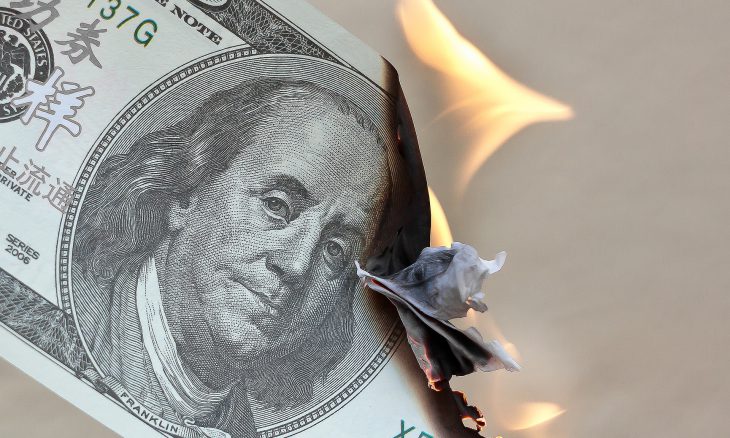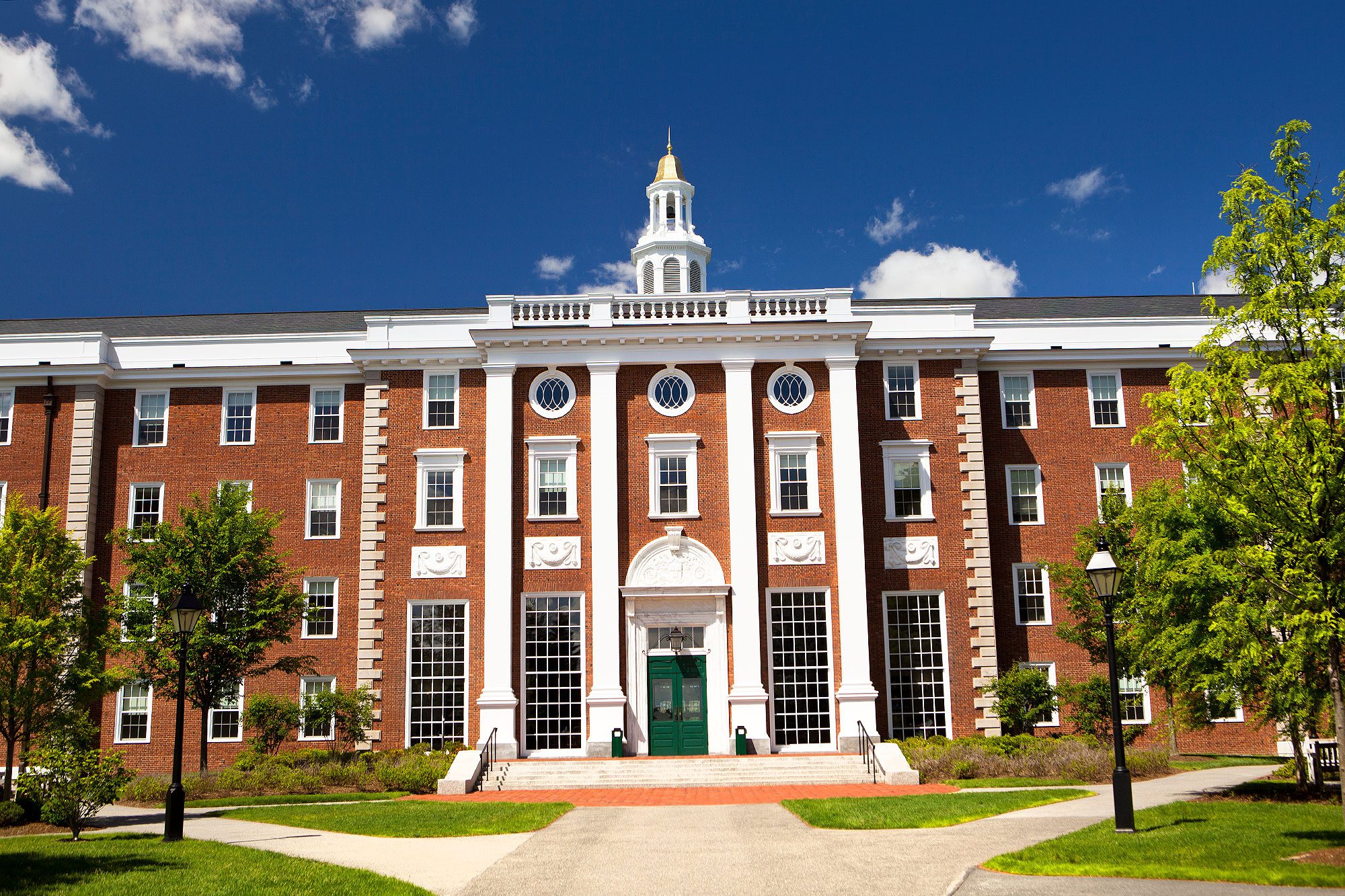A financial burden is being left upon future generations.
PRAY FIRST for our leaders as they navigate these complex issues, and for them to make decisions that promote justice, equity, and the well-being of all citizens. Also, pray for God’s provision and peace for those struggling with the effects of economic hardship.
Peace I leave with you; my peace I give to you. Not as the world gives do I give to you. Let not your hearts be troubled, neither let them be afraid. – John 14:27
Experts generally agree that the U.S. national debt is on an unsustainable path and paying it back will be a significant challenge for future generations. The Congressional Budget Office (CBO) projects that under current policies, the debt will continue to grow, reaching 166% of GDP by 2054.
The U.S. government has long grappled with issues of debt and deficit, raising questions about the sustainability of its financial practices. Without significant policy changes, the burden will likely fall on multiple future generations. The longer policymakers delay addressing the debt, the more difficult and costly it will be to stabilize it.
Current State of U.S. Government Debt
As of now, the national debt stands at approximately $32 trillion, reflecting a persistent gap between government spending and revenue. The Congressional Budget Office (CBO) projects a budget deficit of $1.5 trillion for the fiscal year—indicating the government continues to spend more than it earns. Fiscal year 2001 was the last time that there was a budget surplus, meaning that for the last 23 years the U.S. has run budget deficits. This persistent deficit has been snowballing into a growing national debt, which is raising concerns about the long-term economic health of the nation.
As government spending and borrowing grows, it can significantly influence interest rates. When the government borrows large sums to finance its deficit, it competes with the private sector for available capital. This increased demand for funds can lead to higher interest rates as lenders seek greater returns. Higher interest rates can have a cascading effect on the economy, impacting everything from mortgage rates to the cost of business loans.
Increased interest rates can then trickle down to various aspects of society, exacerbating economic challenges. Higher borrowing costs can lead to reduced consumer spending and investment, which can also slow economic growth. For the working middle class, this can mean higher mortgage and credit card payments—reducing disposable income and increasing financial stress. Additionally, higher interest rates can contribute to rising costs for goods and services, which include insurance and food prices, further straining household budgets.
Historical Context and Current Deficits
Times of prosperity and times of famine are cyclical, and historically they ebb and flow. The U.S. is not different. In fact, the U.S. has faced significant deficits throughout its history, often during periods of economic downturn or major conflict. Notable examples include the deficits incurred during the Great Depression and World War II. Despite these challenges, the nation has historically managed to recover through a combination of economic growth, fiscal reforms, and policy adjustments. However, the current level of debt does raise questions about the feasibility of similar recoveries in the future.
Government efforts to curtail debt often involve cutting public programs and services, which can disproportionately affect small businesses and underserved populations. Reduced funding for social services and economic development programs can limit opportunities and resources for these groups, exacerbating economic inequalities. Small businesses may struggle with higher borrowing costs and reduced consumer spending, while rural and underserved communities may face cuts to essential services and infrastructure investments.
In response to growing debt concerns, the government has implemented various policies directed at improving economic opportunities and social services. These include tax reforms, spending cuts, and initiatives to stimulate economic growth. Nevertheless, the effectiveness of these measures is often debated, and their impact on the average middle-class citizen can vary.
The Buck Stops Where?
Resolving the national deficit involves multiple branches and levels of the U.S. government. The President proposes a federal budget each year, outlining spending priorities and revenue projections. This proposal serves as a starting point for congressional budget discussions. Congress has the power to draft and enforce the congressional budget resolutions, which set the framework for federal spending and revenue. Following their directives, the Treasury Department then manages federal finances, including collecting taxes, paying bills, and issuing debt, while the Federal Reserve is responsible for regulating the money supply and maintaining economic stability, including setting interest rates.
Addressing the deficit requires coordinated efforts among these entities to balance spending, revenue, and borrowing. While it seems like a large task, individuals and organizations can take steps to prevent further increases in government debt. Efforts include advocating for responsible fiscal policies, promoting economic growth, and supporting initiatives that address underlying economic disparities.
How are Christians Responding?
Churches can play a positive role by providing support to those in need and advocating for policies that promote ethical economic justice and stability. Churches and faith-based organizations are necessary in providing support to communities, especially in periods of economic difficulty. When government spending is cut, churches can use their resources to step in to fill gaps left by reduced public services. Unfortunately, this is often not enough as churches require funding from the community to begin. Despite these challenges, churches have historically weathered financial difficulties by mobilizing community support and leveraging volunteer efforts. Many churches offer programs such as food banks, job training, and counseling services to assist those affected by economic downturns.
Our responsibility is to care for our communities and support those affected by economic challenges. This includes engaging in community outreach, providing resources and opportunities, and advocating for sound and ethical policies that truly promote justice, equality, and positive outcomes. We are also called to set an example of compassion and stewardship—offering hope and support to those in need. Balancing the U.S. budget and addressing the national debt are complex challenges that require concerted efforts from all sectors of our society. By working together and supporting effective policies and programs, we can hopefully create a more stable and prosperous future.
As we go through our to-do lists of the day, let’s remember to pray for God to give His wisdom and guidance for our leaders—local, state, federal. Ask God to help them promote the well-being of all citizens and to consider the national debt in their decisions. We can also pray for strength and courage to support our communities and work towards solutions that truly address economic disparities.
HOW THEN SHOULD WE PRAY:
— Pray for the economic stability and prosperity of our nation, and for God to helps us find sustainable solutions that benefit all citizens, especially those who are struggling. And God is able to make all grace abound to you, so that having all sufficiency in all things at all times, you may abound in every good work. – 2 Corinthians 9:8
— Pray for Our communities, asking God to help unify and strengthen them during these challenging times. Bear one another’s burdens, and so fulfill the law of Christ. – Galatians 6:2
CONSIDER THESE ITEMS FOR PRAYER:
- Pray that our leaders—at all levels—can recognize and act to course correct our increasing national debt and curb spending so that we don’t leave unnecessary burden upon future generations.
- Pray for the needs of the most vulnerable during times of economic downturn and for solutions that advance long-term stability and growth of our citizens and country.
- Pray for churches and community organizations as they work to support those in need and help them to be beacons of hope and providers of essential services.
Sources: Congressional Budget Office, Federal Reserve, U.S. Department of Treasury









